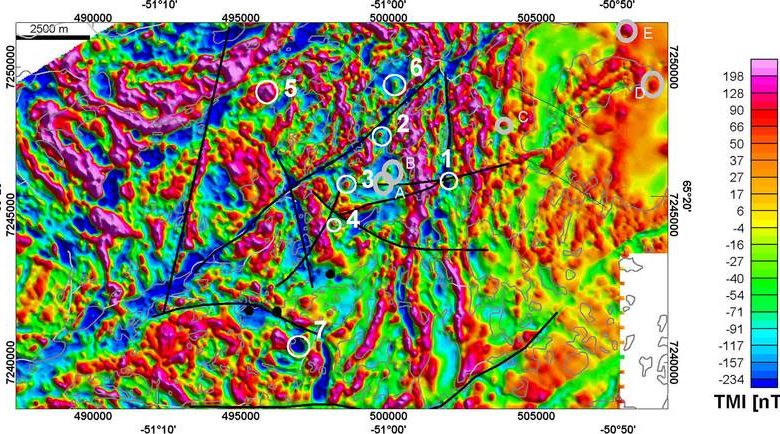All Categories
Featured
Table of Contents
What Is The Difference Between Geophysical Method And ... in Balga Oz 2021
Much of the image consists of blank locations now with little or no radar response. The "courtyard" wall is still revealing highly, nevertheless, and there are continuing tips of a difficult surface in the SE corner. Time piece from 23 to 25ns. This last slice is now almost all blank, but a few of the walls are still revealing strongly.
How deep are these slices? The software I have access to makes estimating the depth a little challenging. If, however, the leading 3 slices represent the ploughsoil, which is probably about 30cm think, I would guess that each piece is about 10cm and we are just coming down about 80cm in total.

Luckily for us, the majority of the sites we have an interest in lie simply below the plough zone, so it'll do! How does this compare to the other approaches? Contrast of the Earth Resistance information (leading left), the magnetometry (bottom left), the 1517ns time piece (top right) and the 1921ns time piece (bottom left).
Geophysical Survey in East Fremantle Oz 2023
Magnetometry, as discussed above, is a passive strategy determining regional variations in magnetism against a localised absolutely no worth. Magnetic vulnerability survey is an active technique: it is a procedure of how magnetic a sample of sediment might be in the presence of an electromagnetic field. Just how much soil is checked depends upon the size of the test coil: it can be extremely small or it can be reasonably big.
The sensing unit in this case is extremely little and samples a small sample of soil. The Bartington magnetic vulnerability meter with a large "field coil" in usage at Verulamium during the course in 2013. Top soil will be magnetically boosted compared to subsoils just due to natural oxidation and reduction.
By measuring magnetic vulnerability at a fairly coarse scale, we can spot locations of human profession and middens. We do not have access to a reliable mag sus meter, but Jarrod Burks (who assisted teach at the course in 2013) has some exceptional examples. Among which is the Wildcat site in Ohio.
Geophysical Methods in Bedfordale Aus 2021
These villages are frequently laid out around a main open location or plaza, such as this reconstructed example at Sunwatch, Dayton, Ohio. The magnetic vulnerability survey helped, nevertheless, specify the primary location of occupation and midden which surrounded the more open location.
Jarrod Burks' magnetic vulnerability survey arises from the Wildcat website, Ohio. Red is high, blue is low. The technique is therefore of great usage in defining locations of general profession instead of determining specific features.
Geophysical surveying is an applied branch of geophysics, which utilizes seismic, gravitational, magnetic, electrical and electromagnetic physical approaches at the Earth's surface to measure the physical properties of the subsurface - Geophysical Surveys In Portland, Or in Gooseberry Hill Oz 2020. Geophysical surveying approaches typically determine these geophysical properties together with anomalies in order to assess different subsurface conditions such as the presence of groundwater, bedrock, minerals, oil and gas, geothermal resources, spaces and cavities, and much more.
Table of Contents
Latest Posts
Geophysics, Engineering Geophysics And Applied ... in Carmel Western Australia 2023
Airborne Geophysical Surveys Of The Lower Mississippi ... in Balcatta Oz 2022
Working As A Geophysicist And Oceanographer In Canada in Cannington Australia 2023
More
Latest Posts
Geophysics, Engineering Geophysics And Applied ... in Carmel Western Australia 2023
Airborne Geophysical Surveys Of The Lower Mississippi ... in Balcatta Oz 2022
Working As A Geophysicist And Oceanographer In Canada in Cannington Australia 2023